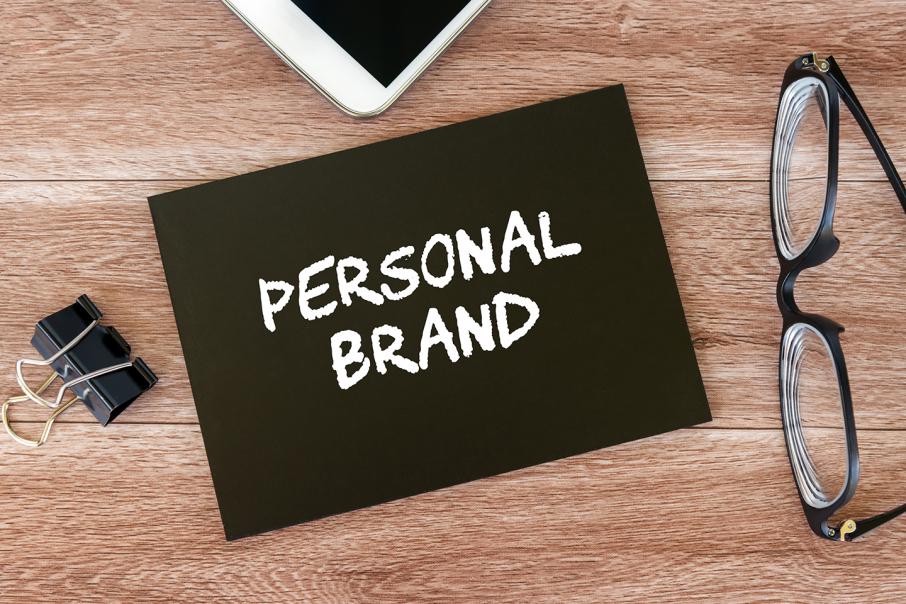

In this article, personal branding for professional services expert and New Work Consulting’s Director Julissa Shrewsbury discusses how a consideration of your personal brand can increase your ability to influence at work.
There is a lot of discourse at the moment on how traditional company culture in law firms can prevent professional people, particularly young lawyers, from feeling like they can truly demonstrate their value. With the disruption of traditional business models, with an agenda of mental health, diversity and inclusion, and with a trade union being set up to protect young lawyers, there is a lot changing in law firm culture… and yet many professionals still feel bound by the existing expectations of their organisations or by those of other stakeholders.
While structure is a good thing and tradition not always a negative, the research and current chatter on the subject suggest there are a lot of lawyers feeling less than empowered about their careers.
Lawyers regularly address challenges such as:
- Proving their worth in salary negotiation/performance reviews
- Being recognised for promotion opportunities or increased responsibility
- Building client relationships and attracting new clients
- Creating influential networks to help achieve things
- Negotiating and advocating for clients
- Avoiding or dealing with bullying and harassment
- Being seen, being heard
- Finding confidence and self-assurance
Power differences exist between people and within different situations, and these can create very real challenges and roadblocks to achieving at work. They can be compounded by youth, gender, cultural differences, individual personalities and team dynamics. But when do we contribute to our own powerlessness? There are many instances where you can improve your chances of being seen, respected and valued, by understanding how perceptions are formed and working on your personal power.
Increasing your personal power in order to address such challenges involves knowing when to speak up and knowing when to hold back. Knowing what constitutes acceptable behaviour in a particular scenario… where you stand, but also where you can push. It also involves an understanding of the tools to expand that range of influence.
In the popular TED Talk ‘How to speak up for yourself’, American social psychologist Adam Galinsky tackles the dilemma, ‘When can you speak up? When is it a good idea to push your interests, express an opinion or make an ambitious ask?’(ref 1)
He explains that we all have a ‘range of acceptable behaviour’ that gets us results. Outside of that range, we can come across as too strong or too weak, and be dismissed or judged negatively, missing out on the opportunity.
Galinsky tells us that we all have different ranges that change according to the situation, such as how new we are to a role, whether we have alternatives and are prepared to ‘walk away’, what the relationship dynamics are like, cultural differences and barriers based on gender. He explains the power ‘double-binds’ we find ourselves in:
- The low power double-bind: If we don’t speak up, we go unnoticed / If we do speak up, we get rejected
- The self-promotion double-bind: If we don’t advertise accomplishments, they go unnoticed / If we advertise accomplishments, we’re not likeable
In increasing the width of that middle ground where we find we can positively influence others to help us achieve our goals, Galinsky states that there are two things matter most:
1. That you seem powerful in your own eyes and
2. That you seem powerful in the eyes of others.
Personal branding and personal power
When consulting to clients on their personal brands, I am partly dealing with the ‘surface’ of how you are perceived: how you come across online, the positioning on your LinkedIn profile, how you introduce yourself in networking situations or with a prospective client or employer. But underneath the surface is where the real work on personal branding lies… and this includes what is stopping you from being seen and heard.
‘Personal power’ could be defined as a feeling of confidence in your own abilities, values and beliefs, alongside the ability to influence others, hopefully in positive ways, for mutually beneficial outcomes. It’s not about coercion, force, or being the loudest – it’s about internal conviction and outward signposts that demonstrate your ability to bring value.
This is where a consideration of personal branding comes in – both the external or ‘surface’ representations and the submerged root system of how your personal influence grows.
Personal branding, done well, is all about understanding how you influence other people’s opinions of you, and then implementing tools to amplify your value in their eyes, in ways that feel authentic to you and resonate with your audience.
Some of the tools for influence that Galinsky mentions are what I term ‘personal brand tools’:
- Displaying ‘excellent evidence’ to gain credibility in the eyes of others (in personal branding this involves identifying and communicating your personal value proposition)
- Looking at the situation from the other’s perspective, to understand what they want or need (I use the acronym WIIFM – What’s In It For Me?)
- Appearing assertive but still likeable by signalling flexibility e.g. giving two options (this is about skilful personal communication techniques)
- Tapping into the things you are passionate about at work (when you are talking about causes or projects you are passionate about, you naturally appear more assured, and this is ‘attractive’ to your audience)
Human patterns of personal power
I have worked with hundreds of people on their personal brands, and there are patterns that I consistently come across.
People don’t want to appear too pushy, self-promotional or self-absorbed. BUT they do want to be seen, heard and remembered in order to attract the right people and opportunities their way.
People have great value to offer through the sum of their skills, talents and experience. BUT they consistently undersell themselves or project a less-than-favourable impression due to a lack of clarity about what they bring, and/or a lack of influential communication skills.
While there are some very real challenges to empowerment at work, people often have more influence over their own situation than they realise. There are many instances where you can shape how people see you and teach them how to treat you. This involves identifying and demonstrating your value and learning skills to expand your influence. It’s about building your personal brand and in doing so, gaining a greater sense of personal power.
Author
Julissa Shrewsbury is an Australia-wide thought leader in personal branding for business, author, speaker and New Work Consulting’s Managing Director. Her new book, a comprehensive how-to manual for professional people is entitled, The Powerful Personal Brand: Amplify your profile, communicate your value and own your space.
This article was originally published in the Law Society’s monthly journal Brief.
The Law Society of Western Australia is the peak professional association for lawyers in WA. The Society is a not-for-profit association dedicated to the representation of its more than 4,000 members. The Society enhances the legal profession through its position as a respected leader and contributor on law reform, access to justice and the rule of law. The Society is widely acknowledged by the legal profession, government and the community as the voice of the legal profession in Western Australia. Find out more at www.lawsocietywa.asn.au.
(Ref 1) Adam Galinksy, ‘How to speak up for yourself’, September 2016, TEDxNewYork, https://www.ted.com/talks/adam_galinsky_how_to_speak_up_for_yourself






